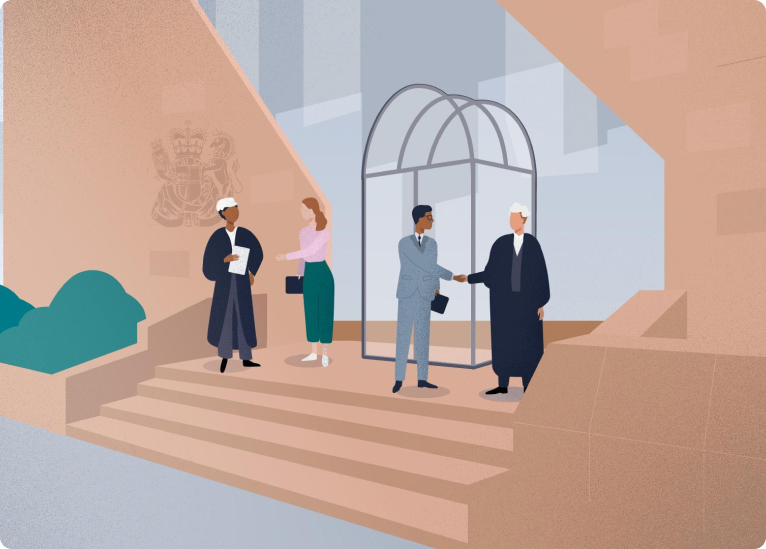It is a common feature of most industrial disease litigation that the relevant events often took place a long time ago. A trial judge determining such cases is frequently faced with limited documentary evidence and with evidence from lay witnesses (some of whom may have died before trial) who have limited recall of historic events…
Knowledge Hub
The latest insights and updates
Blogs
Discover the latest blogs from our team of experts
In a recent fatal clinical negligence case that I was involved in, the agreed medical position was that the Deceased would have been unlikely to survive for more than a month after the negligent event that brought about their death. This led to the Defendant disputing the claims for bereavement damages and funeral expenses brought…
Victims of child sexual abuse who, later in life, pursue compensation claims, will no longer be required to bring those claims within 3 years of turning 18, nor will they have the burden of proving why their claim (if brought more than 3 years after turning 18) should be allowed to proceed. This was one…
Recent Posts
The High Court Mesothelioma List provides for a swift appraisal of asbestos claims at the first Case Management Conference, where it adopts the “show cause” procedure set out in Practice Direction 49B at 49BPD.6. At this hearing, the court requires the Defendant to identify the evidence and legal argument which provides it with a real…
On 23 October 2024, the Supreme Court handed down its decision in Tindall v Chief Constable of Thames Valley Police [2024] UKSC 33. The decision is the latest in many higher court decisions regarding the liability of police authorities to the public where they suffer injury. Liability of Public Authorities: A Reminder of the Key…
I recently acted in the High Court appeal in Wetherell v Student Loans Company Ltd [2024] EWHC 1443 (KB) which raises some interesting questions about the personal injury landscape after the Enterprise and Regulatory Reform Act 2013. When the Enterprise and Regulatory Reform Act 2013 came into force and personal injury claimants could no longer…
Explore a range of collected insights written by our team of experts
We are committed to the principle of knowledge sharing, ensuring that you and your clients always have access to the latest and best insights.
- Blog categories
- Personal Injury
- Inquests
- Disease
- Clinical Negligence

News
Discover the latest news from our team of experts
We are delighted to announce that Sam Shelton and Jack McCracken have contributed to the recently published 18th Edition of Munkman on Employer’s Liability (LexisNexis). Samuel...
Tom Carter has been granted permission to appeal by the Court of Appeal for a second appeal in Wetherell v Student...
We are delighted to announce that Abigail Scott has been appointed to the Regional C Panel of Junior Counsel to...
Events
Discover the latest events from our team of experts
We are delighted to be holding our annual Clinical Negligence Litigation Conference in Nottingham. This free half-day conference, sponsored by Prosperity Insurance, is aimed at claimant and defendant practitioners of all seniorities. The event will begin with coffee and registration at 1:30 PM, followed by a series of talks. Our team of expert barristers will…
Previous Event
Ropewalk Chambers will be holding our third conference in Lincoln on Thursday 19 September 2024 at the DoubleTree by Hilton, Lincoln. Our team of expert barristers will be holding talks on various topics related to Personal Injury, Clinical Negligence, Inquests and Costs. The event is aimed at solicitors, legal executives, claims handlers, case funders. Registration will…
Webinars
Discover the latest webinars from our team of experts
Previous Webinar
This webinar is presented by Jayne Adams KC. Covered in this webinar are the following related to fatal accident claims:
Publications
Discover the latest publications from our team of experts
Gareth McAloon has recently had a guest appearance on an episode of Shoosmith's Serious Injury Podcast titled Inquest Process and Care Home Claims....
To download a PDF copy of this article, please click here. On 12th January 2022, judgment was handed down in...
Civil practitioners will be well aware of the court’s important power to enforce solicitors’ undertakings summarily. Such undertakings are given...
